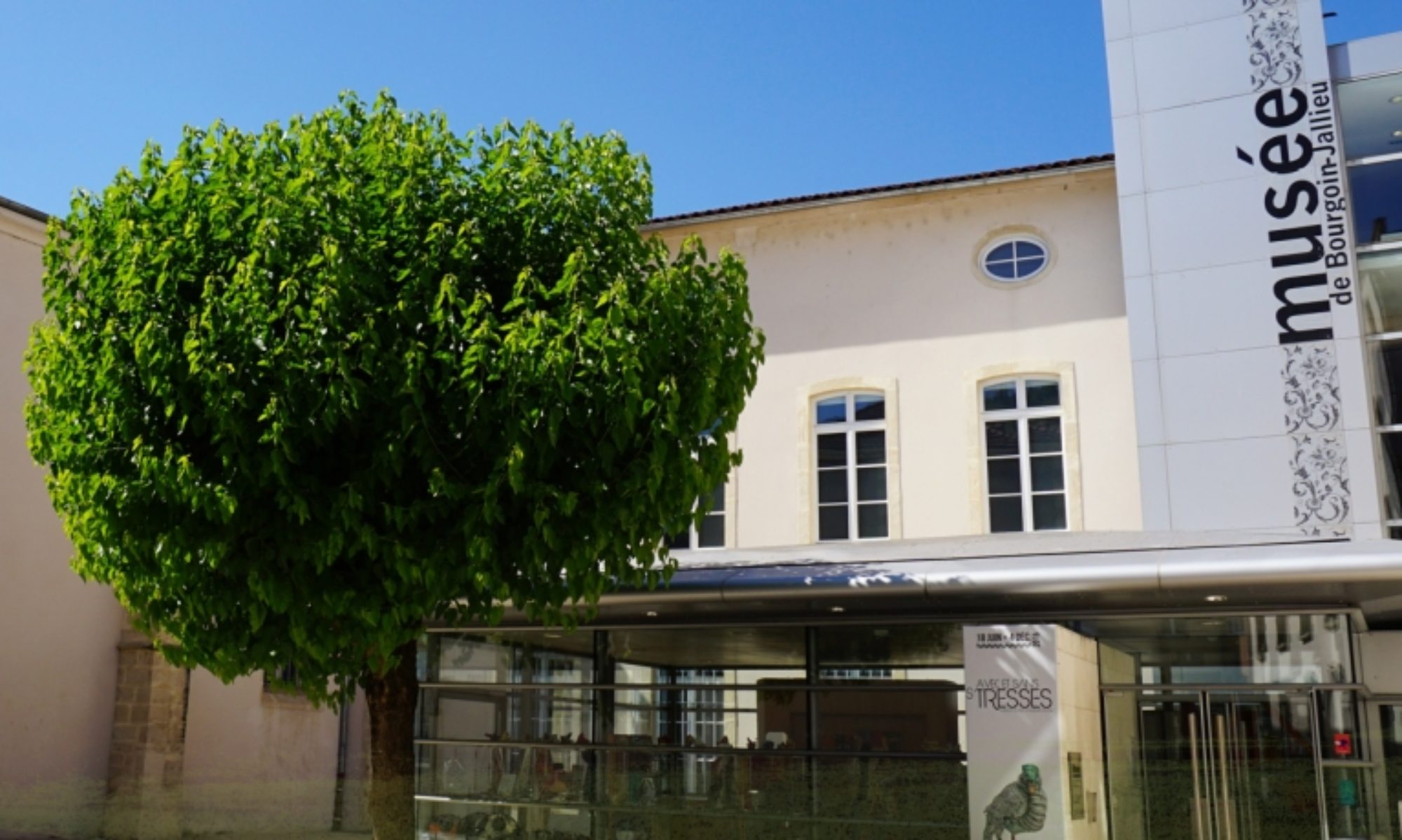Toile de Jouy is made of so-called “Indian” cotton fabric, depicting figures, with decorations or landscapes. The drawings are printed with copper plating and are most often monochrome, usually red or purple (aubergine), but can be produced in other colors such as pink, light blue or navy, light or dark green, or even beige or gray.
Originally, this type of fabric was produced in the workshops of the Oberkampf factory, founded in 1760 in Jouy-en-Josas. This factory quickly became one of the most prominent “Indian-cotton” factories of the 18th century and left its mark on the history of decorative arts.
However, the term “toile de Jouy” is not the registered trademark of the product made exclusively in Jouy-en-Josas. Even in the time of Oberkampf, other manufactures, such as those in Mulhouse, produced identical fabrics and the term became a kind of generic name.
To create the patterns for the toile, Oberkampf never hesitated to engage the services of renowned designers. This is the case of Jean-Baptiste Huet (1745-1811), who strongly influenced the craft. He began his collaboration with Oberkampf in 1783 and continued until 1811, the year of his death.
The motifs on the toile depict typical scenes, of mythological or pastoral nature, characterized by lightness and liveliness, featuring flowers, animals, or people hunting, eating or lounging in picturesque settings.
Always abreast of current events, toile de Jouy also had a playful side: conveying particular ideas and knowledge, or transcribing historical events. A large part of French history is depicted on these fabrics. Toile de Jouy is sometimes called “the first comic strip in history”.
Some motifs also depicted scenes from philosophical or literary works such as the fables of La Fontaine, or illustrate exotic landscapes depicting wild animals as yet unknown in Europe. Toile de Jouy thus profoundly reflects the frenzy of ideas and the frivolity of bourgeois life during the Age of Enlightenment.

